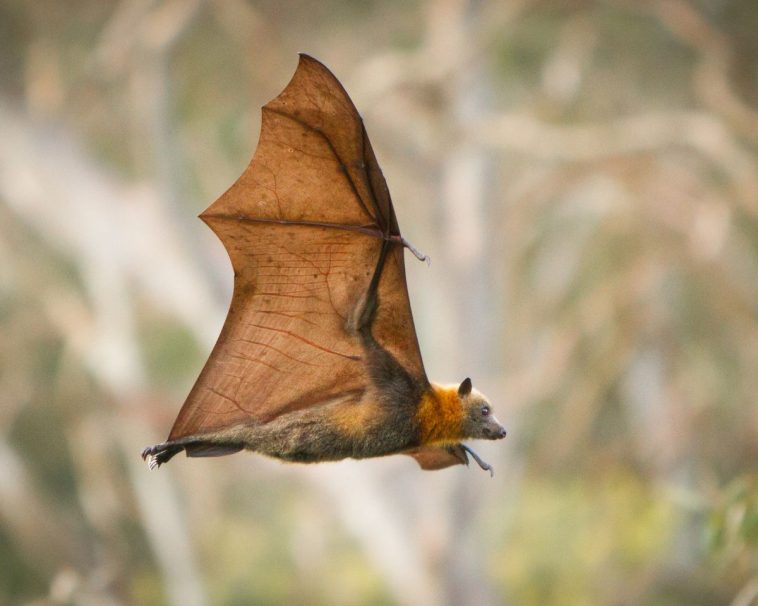Bat Habitats

Bats’ habitats are places where bats live and roost, such as caves, trees, and man-made structures like bridges and buildings. These habitats provide shelter and protection for bats to rest during the day and hunt for insects at night.
Importance of Bat Habitats
Bats are not only fascinating creatures but also important members of ecosystems, providing both ecological and economic benefits. They thrive in diverse habitats, including caves, mines, trees, and buildings, where they carry out various aspects of their life cycles, such as roosting, foraging, and reproduction.
The habitats of bats play a vital role in their survival and contribute to the balance of nature. Bats are important pollinators and seed dispersers, which helps to maintain healthy plant populations. Additionally, they control insect populations, which has significant ecological and economic benefits, especially in agriculture.
The economic benefits of bats are significant. Insect control provided by bats saves billions of dollars in pesticide costs annually. Bats are also important in the tourism industry, as many people travel to see bat colonies in caves or other habitats.
Despite their importance, bat habitats are threatened by human activities such as habitat destruction, pesticide use, and disturbance. The loss of bat habitats can have far-reaching consequences, including a decrease in pollination, seed dispersal, and insect control.
To protect and conserve bat habitats, it is crucial to raise awareness of their importance and implement conservation measures. This includes creating protected areas, reducing pesticide use, and promoting responsible tourism. By protecting bat habitats, we can ensure the continued ecological and economic benefits provided by these remarkable creatures.
Ecological Roles of Bats
Bats’ contributions to ecosystem health are critical and multifaceted. Their unique role in pollination ensures the continuation of plant species and the preservation of biodiversity. Bats’ seed dispersal activities play a critical role in forest regeneration and support overall ecosystem stability.
Bats’ pest control activities have significant economic and public health benefits, reducing the need for harmful chemical pesticides while minimizing crop damage and lowering the risk of vector-borne diseases. In particular, insectivorous bats are significant contributors to natural pest control, consuming vast quantities of insects each night.
Despite their critical ecological roles, bats face significant threats from habitat loss, disease, climate change, and human persecution. By protecting and conserving bat habitats, we can safeguard these essential components of healthy ecosystems and ensure their continued contributions to biodiversity, public health, and economic prosperity.









